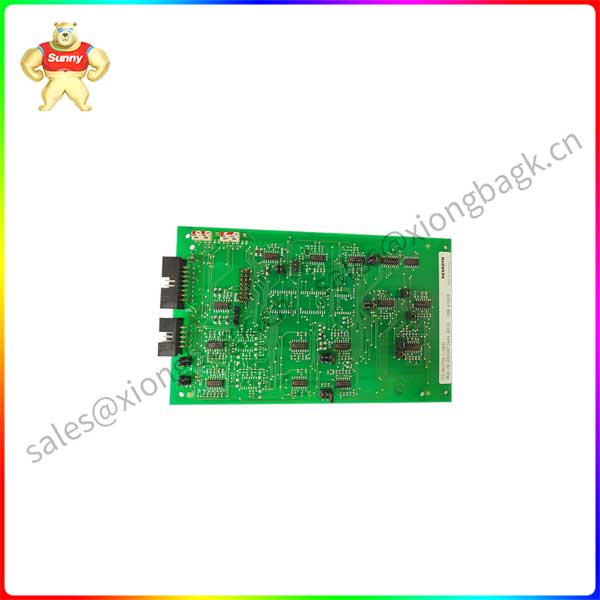In the process of energy transition, Harting contributes to the mainstream trend of sustainable development with innovative products and solutions. In the area of energy generation, transmission and storage, as well as the sustainable use of resources, Harting helps customers achieve their goals of energy conservation and emission reduction through its expertise and comprehensive insight into the entire industry. Based on the “Connectivity+” philosophy, Harting implements energy-saving and emission reduction measures in the following three aspects through cooperation with customers in different industries and non-application environments:
Transmission with lower resistance, energy saving and weight reduction in a limited installation space.
New technologies that are easy to integrate with renewable energy, hydrogen, fuel cells, etc.
The materials and applications involved are recyclable or reusable.
01 Reduce losses
By reducing transmission losses, the selection of contacts with lower impedance enables greater energy efficiency. Harting successfully achieved this when providing Han-Eco® connectors for data centers. These black plastic-clad interfaces connect the computer to a larger computing unit. For example, a 15,000-rack data center can save up to 650,00kwh of energy per year, mainly due to the lower voltage loss of Han® contacts. To achieve the second means of economy-weight reduction, connectors can be produced from lightweight materials, or the total number of interfaces used can be reduced. For example, tram and train connection technology can reduce the weight by about 50% when the metal casing is completely discarded in favor of plastic

VT-MVTW-1-16
casing. Although the energy savings per kilogram of weight saved during use may seem insignificant, over a 30-year life, the weight savings are still significant.
In the past two years, Harting has introduced a number of innovative transport solutions around the “Connectivity+” concept to adapt to future needs. For example, the Han® HPR Train-PowerLine (TPL) series debuted at InnoTrans 2022 in Berlin, Germany. The TPL series consists of a Y-type distributor and Han®HPR unipolar connector for power distribution in the area below the floor of the rail car compartment. The interfaces are designed to meet the requirements of each carriage in terms of the number and type of connectors. After standardization, power distribution devices can be installed on railway vehicles in a way of process optimization and energy saving. The technology significantly reduces weight, with up to 10kg less per carriage compared to the previously commonly used UIC 552 interface, helping to save energy. Optimizing space is a third strategy that can be adopted. The design of the interface needs to consider different factors and purposes, the main goal of which is to achieve the most compact design and structure. However, there are other aspects to consider when it comes to sustainability, including longevity and sustainability concepts, as well as simple and convenient assembly methods. For example, the new Han® HPR Compact housing is narrower and flatter than its peers, making it suitable for harsh, demanding environments. It also offers the same level of protection as other mature Han® HPR series, as well as the same contact and insulator configuration options.
The sustainability benefits of Han® HPR Compact are not limited to weight loss, users can also benefit from the open system concept. Due to the new housing standard, all interfaces are first designed to require minimal space, but they also allow for optimization and expansion. When performance requirements increase, there is no need to purchase larger connectors, reducing waste. At the same time, miniaturization solutions reduce the energy and materials required to manufacture connectors. By reducing weight and size, it can also reduce the input and effort required to transport products to customers, contributing to the social trend of sustainability and helping customers achieve energy saving goals.
 中文版
中文版




